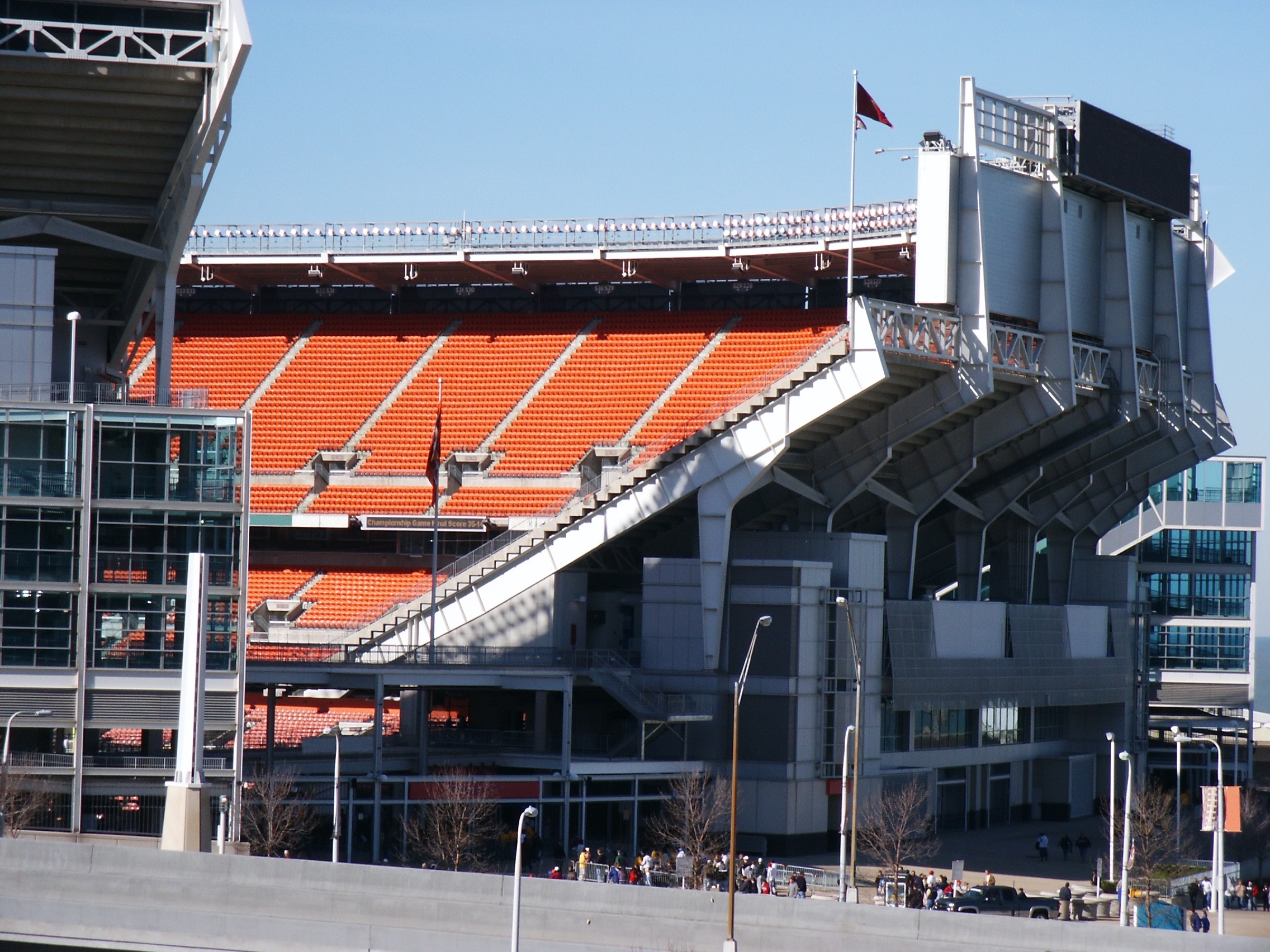Sports
Taxpayers Shoulder a Heavy Burden for Sports Stadium Subsidies

State and local governments spend significant sums for the construction, operation, and continued maintenance of sports stadiums and arenas. According to recent estimates by sports economists, “between 1970 and 2020 state and local governments devoted $33 billion in public funds to construct major-league sports stadiums and arenas in the United States and Canada, with the median public contribution covering 73 percent of venue construction costs.” In other words, taxpayers were on the hook for nearly three-quarters of the costs of each new sports venue that received public funding in the past 50 years.
Public interest in funding sports stadiums is at a fever pitch. A non-exhaustive list of publicly discussed future sports stadium subsidies can be found below. These do not include any public spending on new construction related to the US hosting the Summer Olympics in Los Angeles in 2028 or the Winter Olympics in Salt Lake City in 2034.
Taxes Fund Stadium Subsidies
To pay for stadium subsidies, state and local governments need revenue. While a variety of approaches have been used to generate the revenue needed to cover stadium subsidy costs, a similar public financing blueprint is almost always followed: state and local governments issue bonds and implement new taxes to pay for the resulting bond payments.
Stadium subsidies and related expenses—roads, utilities, and other infrastructure to support the stadium—require up-front expenditures. To cover these expenses, state and local governments issue bonds, typically agreeing to pay back the debt over a period of 10 or more years.
Longer payback periods on the debt decrease annual payments but increase overall costs, just like with mortgages or other forms of consumer debt. Furthermore, when the time horizon grows long enough, the bonds may not be paid off when teams come knocking for a new stadium. More than $100 million in bonds remained from Giants Stadium when it was demolished in 2010 to make way for its replacement, MetLife Stadium.
State and local government bonds are taxA tax is a mandatory payment or charge collected by local, state, and national governments from individuals or businesses to cover the costs of general government services, goods, and activities.
-advantaged investments for bondholders because they are typically exempt from federal income tax, meaning the federal government also partially subsidizes the construction of these sports stadiums. One study published in the National Tax Journal estimated that the federal government (tax-exempt) subsidy for the 57 stadiums built between 2000 and 2020 was $4.3 billion.
The Tax Reform Act (TRA) of 1986 attempted to end the use of tax-exempt municipal bonds to finance private investment projects. The TRA categorized municipal bonds as taxable if more than 10 percent of the funded project would be used by a non-government entity (private use test) or if 10 percent or more of the debt service was secured by property used by a private business (private payment test). Local governments quickly discovered that they could pass both tests by shifting the debt financing to cover primarily public infrastructure (roads, utilities, etc.) associated with stadium construction but not directly spent on the private stadium itself. Municipalities would then secure no more than 10 percent of that debt of the stadium, instead relying on alternative revenue sources and thus getting around the TRA restrictions.
To pay the new annual debt service from issuing the bonds, the debt-issuing government has needed a combination of new revenue streams and a diversion of expenditures from other sources. Policymakers have used a wide variety of taxes, the most popular being a combination of localized increases in sales taxes and new or higher excise taxes on tourism-related industries.
Voters in Arlington, Texas, for example, voted to implement a half-cent sales taxA sales tax is levied on retail sales of goods and services and, ideally, should apply to all final consumption with few exemptions. Many governments exempt goods like groceries; base broadening, such as including groceries, could keep rates lower. A sales tax should exempt business-to-business transactions which, when taxed, cause tax pyramiding.
increase, two percent hotel occupancy tax, and five percent car rental tax to fund the Cowboys’ stadium in 2004 and then extended those taxes to fund the Rangers’ stadium in 2016.
The Milwaukee Brewers’ stadium subsidy was funded with an additional 0.1 percent special sales tax in five Milwaukee-area counties. That tax ran for 23 years before expiring in 2020. In 2023, the state approved an additional $386.5 million, combined with $135 million from Milwaukee City and Milwaukee County to fund repairs to the stadium. The subsidies will be funded by a ticket tax and general fund revenues.
Are Sports Stadium Subsidies Worth Public Investment?
A recent literature review surveyed the past 50 years of stadium construction. The authors found that the promised tangible economic benefits—economic growth, income growth, wage growth, employment growth, and higher tax revenues—do not occur the way that sports teams claim. Often, the only economic benefits occur near the stadium—and fall far short of expectations. State and city governments are subsidizing development within a single neighborhood, with no tangible benefits for the rest of the city or state.
Since the funding comes from across the state or city and only a narrow subset of that population receives any benefit, stadium subsidies often impose an invisible tax burden on consumers in the form of forgone public services, such as first-responder equipment, parks, and public transportation. The opportunity costs of these expenditures are sizable, often prompting economists and those opposed to stadium subsidies to ask: what could have been done with the $33 billion in state and local funding routed toward professional sports teams between 1970 and 2020?
For stadium subsidies to yield a net positive benefit for taxpayers, the intangible benefits must outweigh the subsidy costs. And there are some intangible benefits associated with the presence of a professional sports team; in American culture, sports are valued more than their economic impact would suggest. They can create substantial consumer benefits for at-home viewers and city pride surrounding a team. However, when researchers survey residents about their willingness to pay for such amenities, the results suggest that stadium subsidies are still too large.
Policymakers are influenced by sports teams that purport large economic gains for a current investment. Frequently, sports teams solicit bids from multiple states seeking the highest level of subsidies among a myriad of states. State and local policymakers compete for teams, resulting in growing subsidies offered by both the city in which the team is currently located and cities wishing to convince the team to move.
Given that stadium subsidies fail cost-benefit analyses, why do state and local policymakers persist in offering substantial tax-financed subsidies to professional sports teams? The answer lies in the basic political motivation to prioritize re-election above other interests, even when those interests are aligned with good governance and sound tax policy.
Sports stadium subsidies are salient political gimmicks designed to appear as if politicians are providing tangible benefits to taxpayers. Elected officials also fear reprisal by voters if a team were to relocate. And recent moves, such as the NFL’s St. Louis Rams to Los Angeles in 2016, the San Diego Chargers to Los Angeles in 2017, and the Oakland Raiders to Las Vegas in 2020, demonstrate the threat of relocation is real.
The solution to the “economic war among the states” is mutual cooperation, where states form an agreement not to offer stadium subsidies. A similar outcome could be achieved with federal legislation prohibiting such subsidies.
The empirical evidence shows repeatedly that stadium subsidies fail to generate new tax revenue and new jobs or attract new businesses. While attending a sporting event or a concert in a new, publicly subsidized venue might benefit fans of the team or those who attend the event, those subsidies shift spending that would have occurred in other parts of the city or state in the absence of a new sports stadium or arena.
Cooperation across potential subsidizing jurisdictions and a commitment to fiscal discipline can help end the cycle of subsidies. Policymakers should let the principles of sound tax policy guide them as they seek to grow their state and local economies rather than succumb to the temptation of subsidizing new stadiums as an easy economic and political fix.
Stay informed on the tax policies impacting you.
Subscribe to get insights from our trusted experts delivered straight to your inbox.
Share









